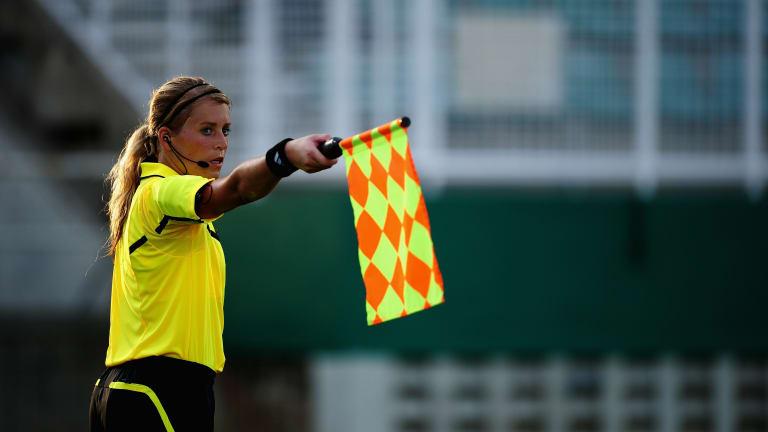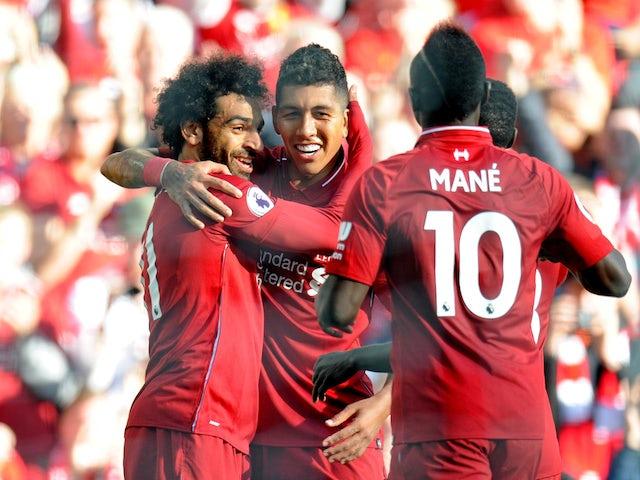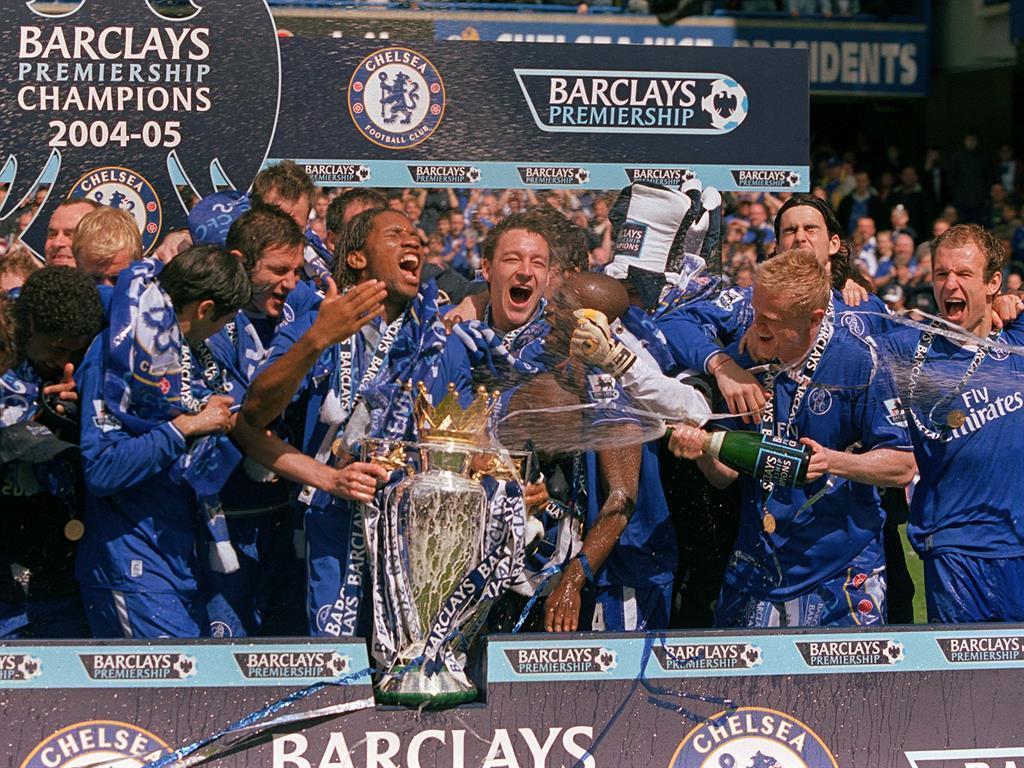
The Art of Defence
Offence wins matches, defence wins titles. OK, so that isnt verbatim, but we’ve all heard it. I see so many tactics that focus heavily on attack; wing backs with an attack duty, a playmaker, a mezzala on attack, inside forwards and a pressing forward. And watching those 11 dots all plough forward, hell bent on attacking, looks fantastic, doesn’t it? And if it works, great. But wouldn’t you like to understand defensive tactics and become a master in the art of defence in Football Manager?
In the 04/05 season champions Chelsea conceded just 15 goals all season. 15. All season. Thats almost 2 and a half games between conceding. And that was because of a masterful defensive structure.
This guide will detail the tips and tricks of defensive tactics in Football Manager. From pressing traps to channeling, roles and mentalities, positional awareness and defensive covering. By the end of this, you should be able to organise a defence for any situation.
You all read (I hope) my last article on data analysts, so you all know what to expect from an opposition. This is a more in depth offering than just “down the left”. Are the wingers prone to crossing from the byline? Do they do that because their preferred move is to stay wide? Or is it because their weak foot is just for standing on? Do teams like to utilise overlaps, underlaps? Or are they straight down the middle with everyone playing so narrow you cant see daylight between them? Either way, this guide should have you covered.
Defensive Traps
Defensive tactics in football come in many guises. A Defensive trap is a deliberate attempt to force the opponent into doing a specific thing. The most common example is the offside trap.
We can choose where, when, and how to initiate defensive traps, whether it’s high up the pitch, when a certain player does something, or how we’d like to force the opposition to react.
Offside trap
A higher defensive line will tempt opposition forwards into running into the space left behind, an offside trap is the perfect combatant against this. This does not mean you will catch them offside every attack, it is dependant on defensive player attributes (teamwork, positioning, concentration etc) and attacking player attributes (off the ball, anticipation, decisions). There’s no point trying to play an offside trap against a player with exceptional movement if your back four can’t move up together and at the right time. Likewise, it’s a fairly benign tactic to use when facing a slow target man, as he’s unlikely to be making runs in behind; in those situations it tends to be a deeper shadow striker making the runs, in which case your defence has just stepped up to give him even more room.

Channelling
I like two of my midfielders to be good ball winners, so i try to channel into central areas. I use player roles and player instructions to define this. By asking my full backs to close down more, and show opposition onto a certain foot, i can try to force them centrally, where I’ve got a half back and a ball winning midfielder waiting. Both the defensive midfielders are told to hold position, to discourage them from being dragged out wide and leaving a gap in the centre, and i usually have one set to close down less, as a cover in case of a missed tackle. This defensive tactic works exceptionally well with wingers, their stronger foot is the one they want to get a cross in with, so i force them onto their weaker foot where they cant cross, ‘cz awful weak foot.

Inside forwards, or inverted wingers are a little different, as their natural game is to cut inside, so my full backs forcing them inside is playing to their strengths. For these players i do the opposite. I instruct fullbacks to close down less, show them down the flanks, and use my two DM’s to close them down and force them further wide, onto their weaker foot. This can have the potential to leave gaps in the midfield, so depending on the opposition i may drop my third midfielder a little deeper. Or even instruct the team as a whole to defend narrower, which should make the central areas more compact and have them simply shuffle left or right depending on which side the attack is coming from. Again, this is all dependant on the attributes of both sets of players.

You can set defensive traps in any area on the pitch; simply target an area, and use team and player instructions to define how and when the trap is used. Choose areas where you know you are defensively strong, and try set the traps to force the opposition away from where you are weaker. Don’t forget to adjust and tweak game by game.
Player tactics
Whether you use a back four, a sweeper, or complete wingbacks leaving a central pair, defensive tactics differ. You all know the different roles for defenders, but what you might not know is how they work together. A wingback will look to sit wider than a fullback, so wont work as well in a narrow defence. Stoppers push forward and close down more, whereas covering defenders sit deeper. Something to think about when setting an offside trap maybe…? Certain roles can have a more positive effect on certain defensive traps, others may completely undermine your defensive structure.
Defenders
Roles of players also directly impact team instructions. A pair of no nonsense centre backs are not going to want to play out from the back. A very high defensive line and short distribution might give a pacey forward the opportunity to cut a pass out. All defensive tactics require suitable roles, and those roles and structures are best discovered during the pre season friendlies. I know a lot of you are guilty of giving that responsibility to your assistant manager (tut tut). Tweak tactics during pre season and again in competitive games. Two supporting fullbacks and two central defenders is a good place to start. Don’t make four changes all at once; make a change, analyse it, change something else, analyse.
Midfielders
Defensive midfielders can influence defensive tactics in Football Manager, positively and negatively. Ball winning midfielders and stopper may operate in each others space. A half back will effectively become a ball playing defender when possession is initially won back, so playing two ball players with a half back might lead to risky passing. Its always worth having at least one defensive minded midfielder. It doesn’t necessarily need to be a defensive midfielder sat between the lines, a ball winning midfielder can operate centrally. Effective if you plan on using a high line, it naturally brings them closer to the defensive line.
Forwards
You may need to include wide midfielders or wingers in your defensive tactic, to combat an attacking wingback, use these similar to fullbacks. Set them to close down suitably and channel fullbacks to where you want them to go. If they are trying to underlap, maybe ask a central midfielder to pick up some responsibility. Don’t be afraid to use them defensively, assign them tasks to help out. They might not be as technically gifted in defending, but the fullbacks they are against aren’t adept at attacking either.
Most peoples idea of a forward helping out with the defence is using a high line of engagement and pressing forward. Try looking at the attributes and analysis of opposition defenders first. Does one tend to pass to the other more often? Mark the receiving defender, he’s likely the most creative so stop him creating. The other one can have the ball all day if he cant pass to anyone. Maybe one of them has made 5 mistakes leading to goals in the last 5 games, or one of them has 3 passing. Mark them, close them down, force him into making that mistake or misplacing the pass. Forwards are the first line of defence, but they are more than just a manic chaser of the ball.
The Endgame
The overall aim of good defensive tactics in Football Manager is to limit the opportunities that opposition teams get to score. Ultimately it is to not concede, but you’d be naive to think of it so simplistic. By limiting the number of clear cut chances and half chances, you will naturally concede fewer goals. Analyse games as much as you can, even though the opposition might have had more shots than you, these might be speculative long range efforts that yield 1 in 100. Don’t go changing things for the sake of it.
By regrouping (transitions) your team will automatically become slightly more defensive minded, and will largely ignore the ball to get back into position. If you have defensive traps set up in deeper positions, this could be useful, to avoid your players being caught out of position and get them back to initiate a trap. By counter pressing your teams will naturally press more all over the pitch. These instructions can cause problems when used with team instructions, so again, it is worth trialling during pre season. If you have a more urgent pressing style out of possession and a transitional regroup, players may be caught between the two, and end up out of position doing one thing whilst his team are doing something else.
A lot of defensive tactics in Football Manager are trial and error, you can have an idea in mind, but it may not translate in the Football Manager world. Likewise it could simply be that you haven’t got the players to implement such a system. Don’t be disheartened if an idea you had doesn’t work, and don’t panic and start messing around with everything. Take things back to basics, build it again. Who knows, maybe you’ll break Chelsea’s 15 goal record one day…
Us at Dictate the Game love to here from the FM Community, comment below or visit our Twitter site to get in touch.
Here’s a few other articles written by Dictate the Game you might enjoy;
Mirror the Magic
Always be Upgrading
How crucial are Assistant Managers?
Why you should use custom views







5 thoughts on “The Art of Defence”
Fabulous post-Kiddyfm. Thanks for the detailed tips on the art of defence. A defensive game strategy very well works for winning championships. Really useful tips for players who are part of football clubs. My team make use of the offside trap defensive strategy as a critical tactic to win the game.
You’re very welcome and thanks for the feedback. Good luck in the save, my friend. #wearethecommunity
Interesting read. Given me ideas to implement, as I try to topple PSG in the league!
Am not gonna lie this was very helpful , thanks man